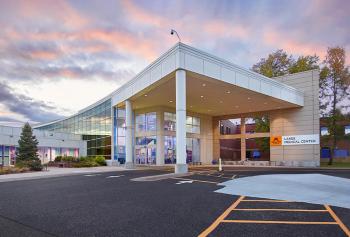
To Fight Phishing, Let's Look at Fatigue
It takes just one click for a hacker to attack a network and steal sensitive data.
Editor’s note: This is a column written by Jack Murtha, senior editor. His analysis reflects his views, not necessarily those of the magazine.
By 10:10 a.m. today, I received 2 separate warnings about attempted phishing attacks against the parent company of Healthcare Analytics News™. In one, a cyberattacker claiming to work for a bank attached a sketchy file to an email, requesting the recipient to review bogus failed transactions. In the other, the hacker posed as a FedEx employee and provided a link to where the mark could supposedly enter personal information to claim a package.
Neither intended victim has worked here in the past year. And although neither of these emails was remotely legitimate, both were the latest in a string of phishing expeditions whose potential negative effects are all too real.
How come, in 2018, phishing remains so common? The short answer is that phishing works.
>>
In March,
“The biggest recommendation that I have for hospitals, specifically, is to do ongoing education around phishing, ransomware, and malware,” she told this magazine in December, “because you’re only as strong as your weakest link.”
I’m guessing there are many weak links, in healthcare and beyond, these days. The relentless, rapid-fire nature of today’s scammers is getting overwhelming. Whether it’s the barrage of calls to my cellphone or shady email links and attachments, these digital bear traps seem to be becoming downright ubiquitous.
And I’m beginning to understand how fatigue can set in.
In healthcare, fatigue wears different costumes and carries different implications. The first and most obvious type of fatigue in medicine is the symptom affecting patients with any number of illnesses, from a cold to cancer. There’s also
But a more universal form of exhaustion also places healthcare organizations, clinicians, patients, and just about everyone at risk. Call it cyber fatigue, security fatigue, cybersecurity fatigue. Whichever term you prefer,
Now, combine this lethargy with
There are ways. An organization can always jolt its employees out of complacency by performing
The key idea is to keep employees alert to the very real threat facing every resident of the digital world. Healthcare, specifically, is among
What worries me is the prevalence of phishing, the tenacity of social engineers. Every day, most of us manage a deluge of emails, including phishing attempts. The more often these attacks zoom by, the more likely the hackers are to catch us sleeping. And we’re all just one click away from upheaval.
Get the best insights in healthcare analytics
Related



































